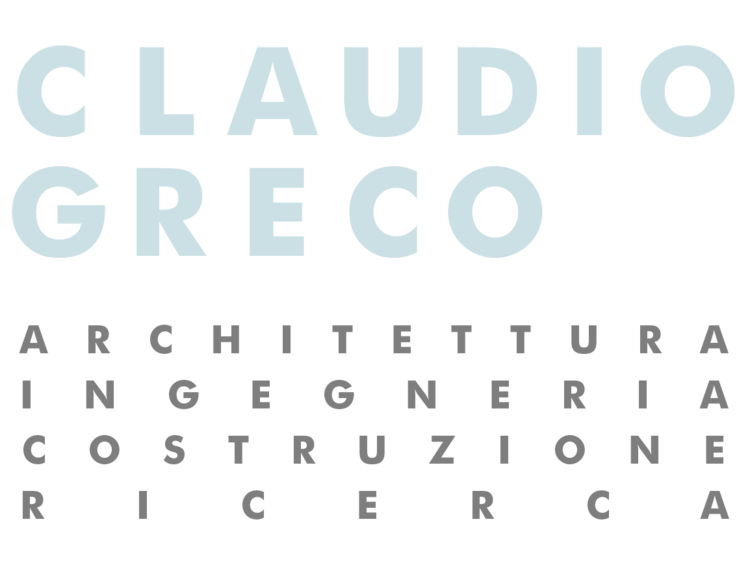STOCHASTIC ARCHITECTURE AND EVENTUALIST THEORY
Autore: C.Greco, S.Lombardo, C.Santoro
Rivista: Aesthetics and Architectural Composition vol.1, pp.202/208
(Symposium organized by Chair for Spatial, 2004 - Dresden University of Technology)
Pubblicazione: Dresda, 2005
The paper illustrates the first experiments of Stochastic Architectural Composition. Stochastic architecture, is to be seen an experimental research that attempts to manage complexity and random processes in architectural composition according to the new idea of creativity and architectural quality defined by the eventualist theory. The eventualist theory traces out a new aesthetic dimension in the definition of a work of art: the stimulus that prompts the maximum range of interpretations, in a sample of people representing a specific culture, is a work of art. When the range of interpretations decreases, the stimulus decays. A stimulus that evokes the same interpretation in everyone is satured and becomes an everyday object (it loses the characteristics of a work of art). The eventualist art is stochastic painting. In the stochastic architectural composition, as in stochastic painting, we operate with automatic, random processes, progressively reducing the subjective component, and with documentary procedures.

